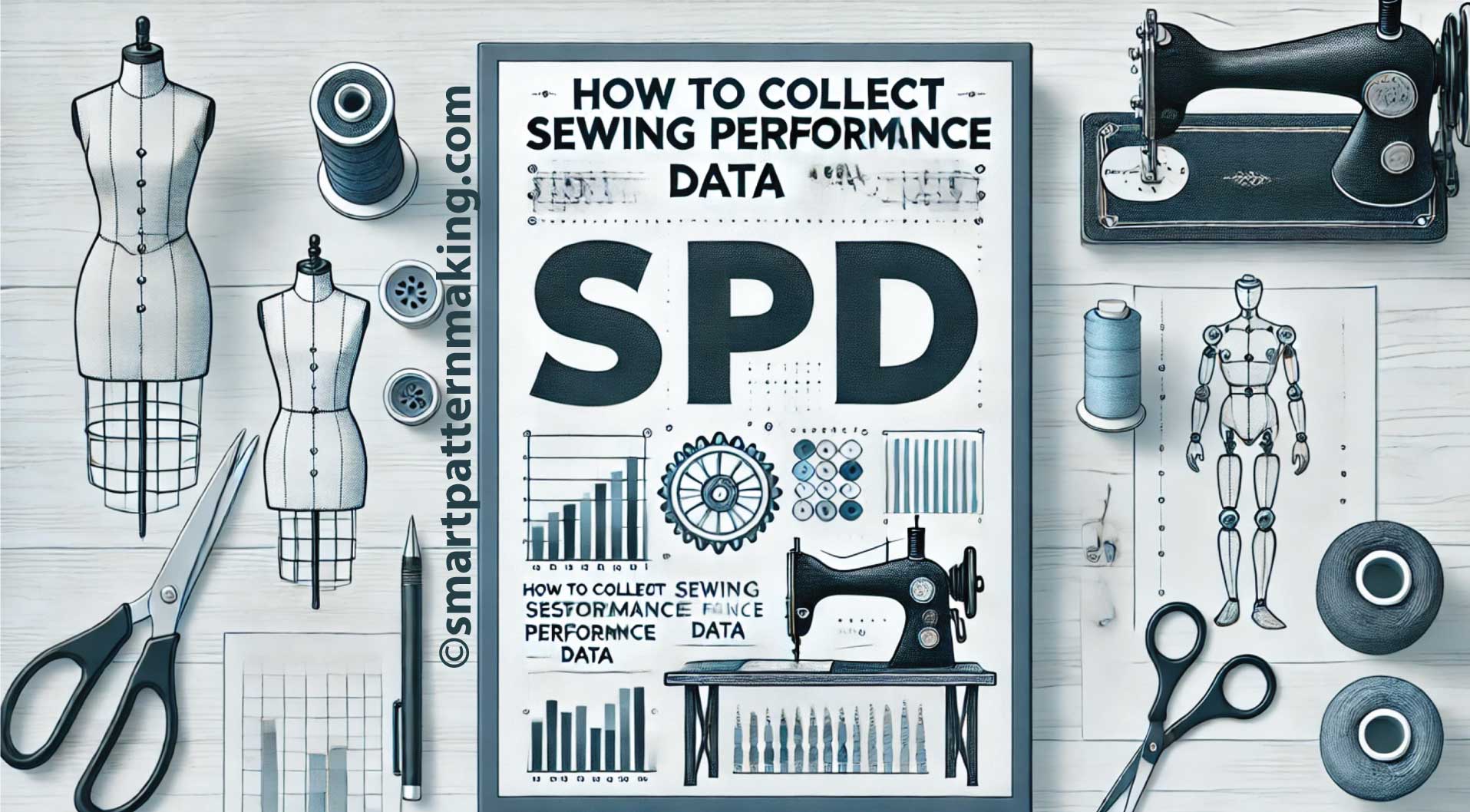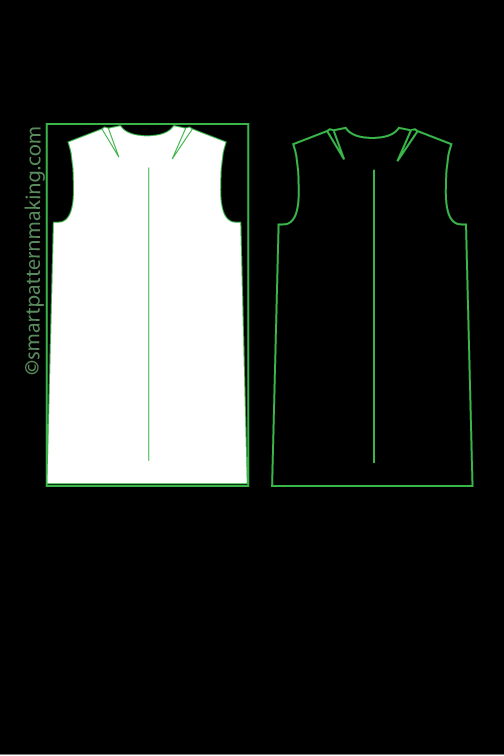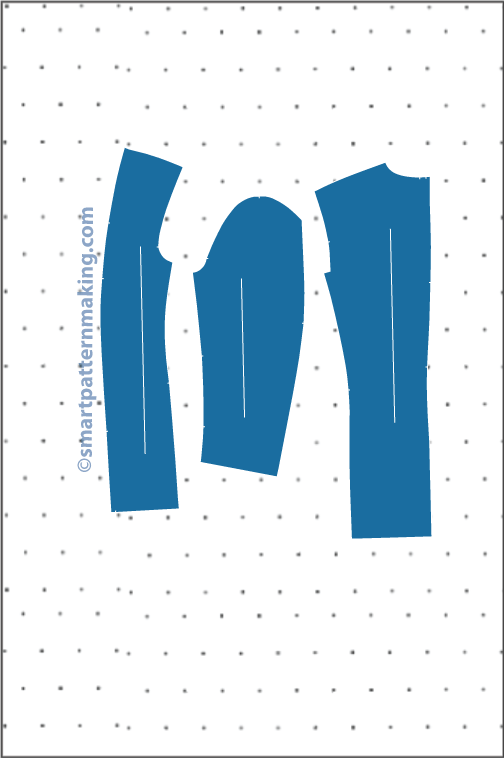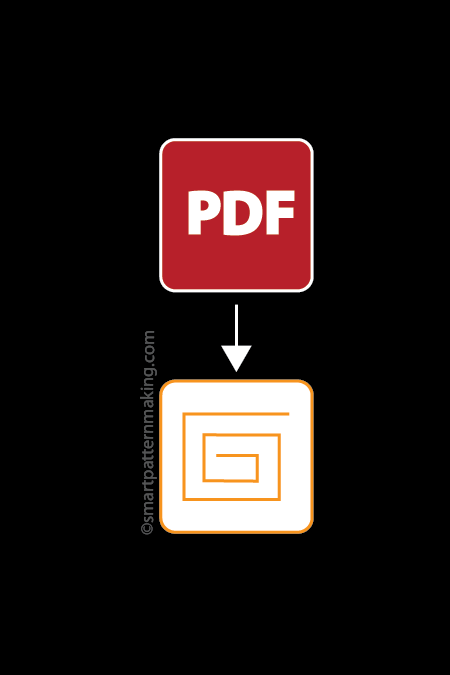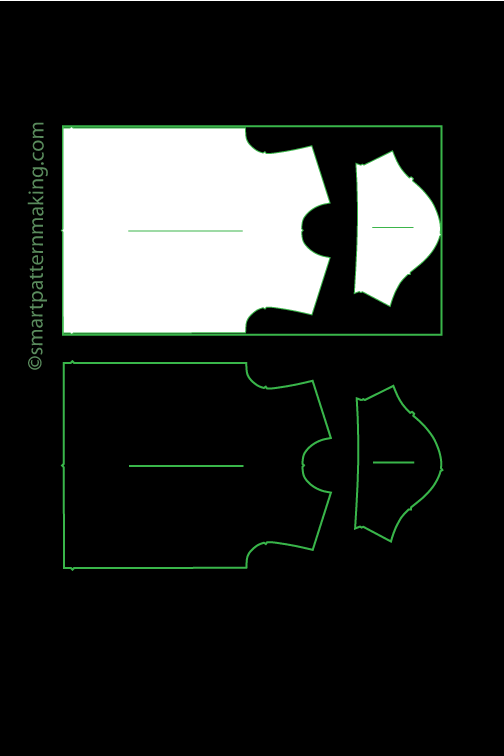Introduction
Collecting Sewing Performance Data (SPD) is crucial for optimizing sewing operations, improving efficiency, and maintaining high-quality standards in the apparel industry. This guide outlines the methods and tools for effectively gathering SPD.
1. Time Studies
Time studies involve observing and recording the time taken by operators to complete specific sewing tasks. This method provides detailed insights into the time required for each task, helping to identify bottlenecks and areas for improvement.
Steps:
- Select Tasks: Identify the specific sewing tasks to be studied.
- Record Time: Use a stopwatch or time-tracking software to record the time taken for each task.
- Repeat Observations: Conduct multiple observations to ensure accuracy and account for variations.
- Analyze Data: Calculate average times and identify trends or discrepancies.
2. Machine Data Logging
Modern sewing machines often come equipped with data logging capabilities, allowing for automated collection of performance metrics. These metrics include machine speed, downtime, maintenance needs, and overall efficiency.
Steps:
- Install Data Loggers: Ensure sewing machines are equipped with data logging devices.
- Set Parameters: Configure the data loggers to track relevant performance metrics.
- Collect Data: Allow the machines to operate normally while the data loggers collect information.
- Download Data: Regularly download the logged data for analysis.
3. Operator Performance Tracking
Tracking operator performance involves monitoring various metrics such as speed, accuracy, and productivity. This can be done through direct observation, performance tracking software, or integration with machine data logging systems.
Steps:
- Identify Metrics: Determine which performance metrics to track (e.g., number of units produced, error rates).
- Use Tools: Implement performance tracking tools or software to monitor operator activities.
- Record Data: Continuously record operator performance data during regular work hours.
- Review Performance: Regularly review the data to identify high-performing operators and those needing additional training.
4. Quality Metrics
Quality metrics are essential for maintaining high standards in sewing operations. These metrics include defect rates, rework instances, and inspection results.
Steps:
- Define Quality Criteria: Establish clear criteria for what constitutes a defect or quality issue.
- Inspect Products: Perform regular quality inspections on finished products.
- Record Defects: Use a quality management system to log defects and rework instances.
- Analyze Trends: Analyze the recorded data to identify common quality issues and their root causes.
5. Data Integration and Analysis
Integrating and analyzing data from various sources provides a comprehensive view of sewing performance. This integration helps identify correlations and make data-driven decisions.
Steps:
- Consolidate Data: Gather data from time studies, machine data loggers, operator tracking, and quality metrics into a central database.
- Use Software: Utilize data analysis software to process and analyze the consolidated data.
- Generate Reports: Create detailed reports and visualizations to identify trends, patterns, and areas for improvement.
- Review Findings: Regularly review the findings with relevant stakeholders to inform decision-making and continuous improvement efforts.
Conclusion
Collecting Sewing Performance Data (SPD) involves a combination of time studies, machine data logging, operator performance tracking, and quality metrics. By effectively gathering and analyzing SPD, apparel manufacturers can optimize their sewing operations, improve efficiency, and maintain high-quality standards. Implementing these methods ensures a data-driven approach to enhancing production processes and staying competitive in the market.
----------------------------------------
You Might Want To Also Read Related Articles Below:
- Mastering Garment SAM Calculation: A Step-by-Step Guide
- Performance Rating: Assessing the Operator's Performance Level
- Simplifying General Sewing Data (GSD) for the Clothing Industry
- Boost Garment Efficiency with General Sewing Data (GSD) Training"
- Understanding Time Measuring Unit (TMU): Standard Time and Motion Study
- How to Collect Sewing Performance Data (SPD)
- Best Tools for Collecting Sewing Performance Data (SPD)
Ready to boost garment efficiency and create your own patterns or garment styles? Drop us a chat NOW and we’ll get you started!
Discover all of our Pattern Making, Digitizing, Resizing and Printing services . Let our expert team help you create your next personal or business apparel clothing designs today!
Loved reading this article and founded valuable? If so, Show us some love and buy us a coffee! ☕ :)
Developing tools and creating valuable content takes a lot of hours of work and days of research so that you can have them at your disposal. Also, keeping the content you read (Ads FREE) and operating this website cost a lot of money. So please, consider supporting us, so that we might continue to provide you with more valuable tools, fresh content, and to continue offering you with the best services that you deserve!

